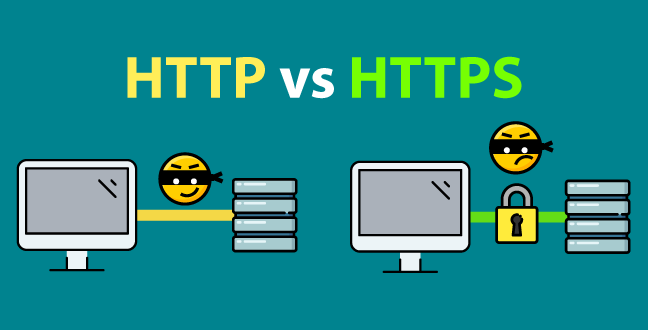In the ever-evolving landscape of digital marketing, one trend has consistently stood out as a game-changer: automation. Automation has revolutionized the way marketers approach their campaigns, offering efficiency, scalability, and the ability to deliver personalized experiences at scale. From email marketing to social media management, automation tools have become indispensable assets for modern marketers. In this blog, we’ll explore the evolution of automation in digital marketing and how businesses can leverage automation to streamline their strategies for success.
The Rise of Automation
Digital marketing automation has come a long way since its inception. What began as simple email automation tools has evolved into sophisticated platforms capable of managing complex marketing workflows across multiple channels. The proliferation of data and advancements in AI and machine learning have fueled this evolution, enabling marketers to automate various tasks, including:
Email Marketing:
Automation allows marketers to create targeted email campaigns based on user behavior, demographics, and preferences. Automated email sequences, triggered by actions such as sign-ups or purchases, enable brands to nurture leads and drive conversions effectively. Some examples are Zapier, Mailchimp etc.
Social Media Management:
Automation tools streamline social media posting, scheduling, and monitoring, freeing up time for marketers to focus on strategy and engagement. Features like social listening and sentiment analysis help brands stay informed about conversations surrounding their brand and industry.
Content Distribution:
Automating content distribution across various channels ensures consistent and timely delivery of content to the target audience. From blog posts to videos, automation tools can schedule and publish content across websites, social media platforms, and email newsletters.
Advertising Campaigns:
Automation platforms offer advanced targeting capabilities and optimization algorithms to maximize the performance of advertising campaigns. Marketers can automate ad creation, targeting, and bidding to reach the right audience with the right message at the right time.
Benefits of Automation in Digital Marketing
The adoption of automation in digital marketing offers numerous benefits for businesses of all sizes:
Improved Efficiency:
By automating repetitive tasks, marketers can save time and allocate resources more effectively. Automation streamlines workflows, reduces manual errors, and allows teams to focus on high-impact activities such as strategy development and creative ideation.
Enhanced Personalization:
Automation enables marketers to deliver personalized experiences tailored to the preferences and behavior of individual users. By leveraging data analytics and segmentation, brands can send targeted messages that resonate with their audience, driving engagement and loyalty.
Scalability:
Automation allows marketers to scale their efforts without proportional increases in resources. Whether reaching out to a small segment or a large audience, automation ensures consistency and effectiveness across campaigns, regardless of size.
Data-Driven Insights:
Automation platforms provide valuable insights into campaign performance, audience engagement, and conversion metrics. Marketers can analyze data in real-time to optimize campaigns, identify trends, and make informed decisions to drive better results.
Cost Savings:
While investing in automation tools may require upfront costs, the long-term savings in time, labor, and resources can significantly impact the bottom line. By increasing efficiency and reducing manual labor, automation helps businesses achieve a higher return on investment (ROI) from their marketing efforts.
Best Practices for Implementing Automation
While automation offers tremendous benefits, it’s essential to approach its implementation thoughtfully. Here are some best practices for effectively leveraging automation in digital marketing:
- Set Clear Goals: Define your objectives and key performance indicators (KPIs) before implementing automation. Whether it’s increasing conversions, improving engagement, or driving revenue, align automation strategies with overarching business goals.
- Segment Your Audience: Utilize data segmentation to divide your audience into distinct groups based on demographics, behavior, or preferences. Tailor messaging and content to each segment to deliver personalized experiences that resonate with their interests and needs.
- Test and Iterate: Continuously monitor and analyze the performance of automated campaigns. A/B testing allows you to experiment with different variables such as subject lines, content formats, and CTAs to optimize results and refine your approach over time.
- Ensure Compliance: Adhere to data privacy regulations and best practices when collecting and using customer data for automated marketing campaigns. Obtain consent where necessary and provide clear opt-out options to respect users’ preferences and privacy rights.
- Stay Human-Centric: While automation streamlines processes, it’s essential to maintain a human touch in your marketing efforts. Balance automation with authentic engagement and personalized interactions to build trust and foster meaningful connections with your audience.
Conclusion
Automation has become a cornerstone of modern digital marketing, enabling businesses to streamline workflows, drive efficiency, and deliver personalized experiences at scale. By leveraging automation tools and strategies effectively, marketers can optimize their campaigns, enhance audience engagement, and achieve their business objectives more efficiently than ever before. As technology continues to advance, the role of automation in digital marketing will only continue to grow, reshaping the way brands connect with their audience in the digital age.

